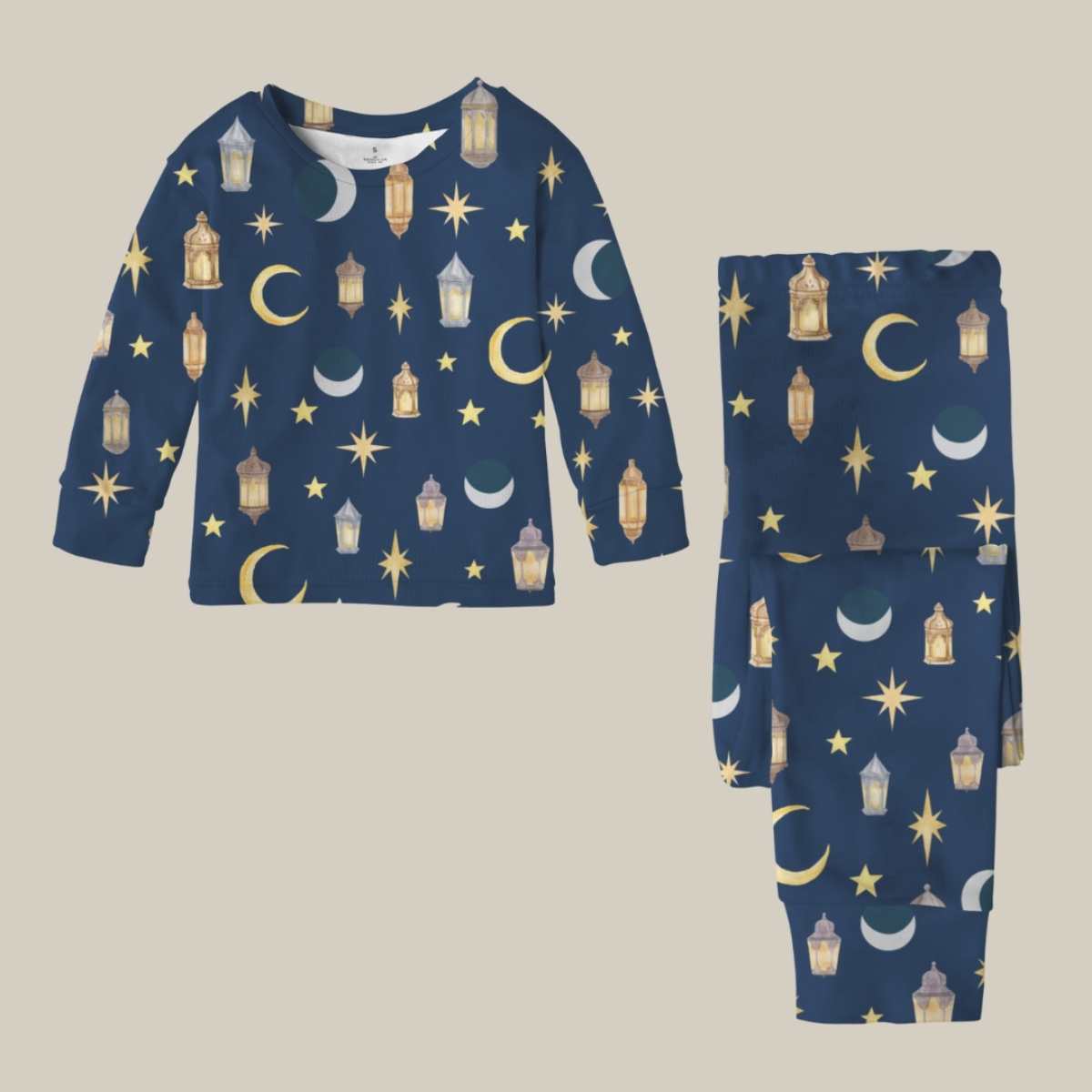5 Tips for Parents to Incorporate Arabic Learning at Home
Learning a new language can be an enriching experience, especially for children. Arabic is spoken by over 300 million people all around the world (of all faiths) and is often passed down in Western households as a way to keep heritage and culture alive. In Muslim homes, Arabic is learned to practice reading the Holy Quran.
Here are five practical tips for parents to help incorporate Arabic learning into your daily home routine. We wrote this in collaboration with blogger Karemih, who can be found at Kars_Korner (follow her on Instagram @kars_korner.
1. Create a Language-Rich Environment
To immerse your child in Arabic, surround them with the language as much as possible. This can be done by:
- Labeling household items: Use sticky notes to label common items around the house in Arabic. This helps children associate the Arabic word with the object.
- Karemih likes to incorporate Montessori-based sand Arabic letter cards by @alisonmontessori, puzzles and wood objects from @treasuresfromjennifer, which has great resources and tons items in Arabic. She also likes @wae.nordic, which is known for its simply yet elegant toys and resources. “I used their Arabic soft blocks and it was a great resource for all ages,” says Karemih.
- Karemih says “this was the star of our show. The crochet letters were beautifully made, vibrant, and perfect for little hands. They also have the option of printing Arabic worksheets as well.” @oakcreativedesigns

2. Incorporate Arabic in Daily Conversations
Integrating Arabic into everyday conversations can significantly boost your child’s learning. Start with simple phrases and gradually increase complexity:
- Greetings and daily expressions: Use Arabic greetings such as “Marhaban” (Hello) and “Ma’a as-salama” (Goodbye). Incorporate expressions like “Shukran” (Thank you) and “Min fadlik” (Please).
- Describe activities: Narrate what you’re doing in Arabic. For instance, say “Ana aṭbak” (I am cooking) or “Ana aqra” (I am reading).
3. Use Technology and Online Resources
There are numerous online tools and apps designed to make language learning fun and interactive for children:
- Language learning apps: Apps like Duolingo, Rosetta Stone, and Mango Languages offer Arabic courses tailored for kids.
- YouTube channels and podcasts: Find educational channels and podcasts that teach Arabic through songs, stories, and animated lessons.
4. Engage in Cultural Activities
Understanding the culture behind the language can make learning more engaging and meaningful:
- Arabic music and songs: Play Arabic nursery rhymes, songs, and music at home. Singing along can improve pronunciation and retention.
- Cooking together: Prepare traditional Arabic dishes and use Arabic vocabulary to name ingredients and cooking steps.
- Purchase Jasmine+Marigold’s culturally inspired Arabic Alphabet letter pajamas.
5. Read Arabic Language Books
Reading Arabic language books can greatly enhance language skills:
- Books: Websites like MuslimMemories.com and CrescentMoonStore.comcarry a number of Arabic learning books and resources.
- Practice reading: Read stories in Arabic to your children so they can better understand the language. Have them figure out what words mean by comparing to the photos.
By incorporating these tips into your daily routine, you can create a supportive and immersive environment for your child to learn Arabic. Remember, consistency and patience are key. Happy learning!































